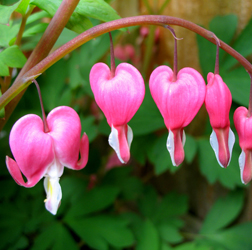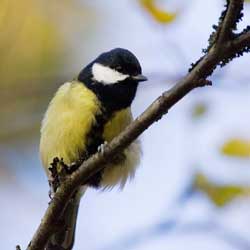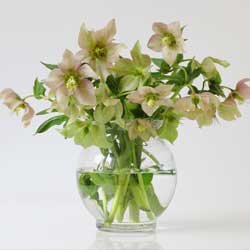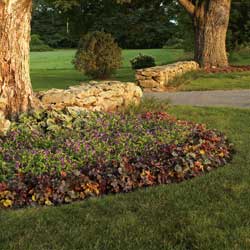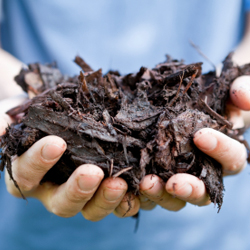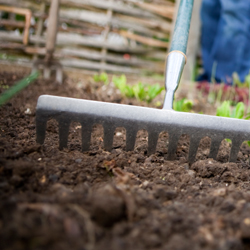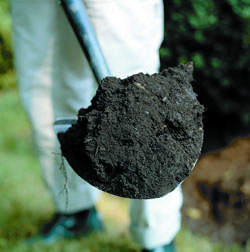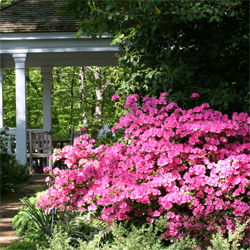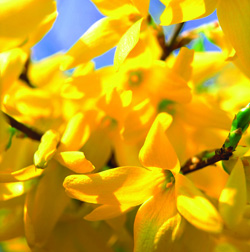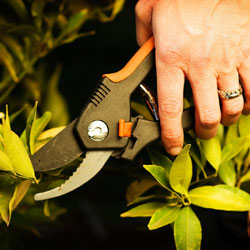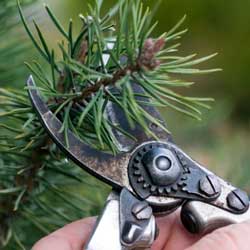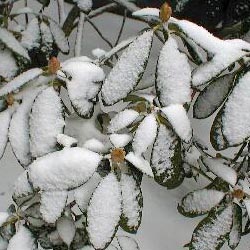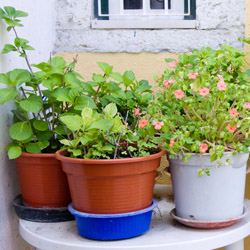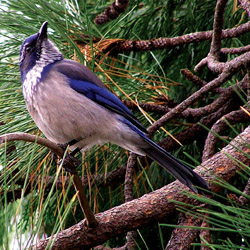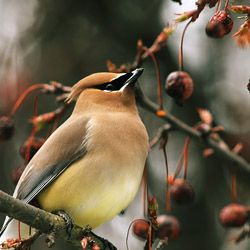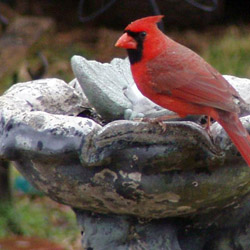When winter is long and dreary, it can seem like your precious flowerbeds will never burst into life again. Early spring flowers, however, are precious proof that winter is on its way out, and some can even bloom in bright, cheerful colors right through lingering snow. Yet we often forget these beauties, overcome with the bold, familiar bulb displays of tulips, daffodils, hyacinths and more. This is unfortunate, because many of these perennials have a subtle charm that complements bulbs and shrubs which bloom in early spring, and they add even more variety, texture and color to your landscape.
Perennials for Early Spring Blooms
When choosing the best plants to be a stunning early spring display, the amount of sun or shade the location receives is the most critical factor for the plants’ success and the gorgeousness of their growth.
For a sunny location, opt for…
- Sweet William (Dianthus barbatus)
- English Daisy (Bellis perennis)
- Mountain Pinks (Phlox subulata)
- Rockcress (Aubrieta)
- Candytuft (Iberis)
- Wall Cress (Arabis)
For part to full summer shade locations…
- Pasqueflower (Anemone pulsatilla)
- Bleeding Heart (Dicentra)
- Virginia Bluebells (Mertensia)
- Columbine (Aquilegia)
- Dead Nettle (Lamium)
- Forget-Me-Not (Myosotis)
- Creeping Phlox (Phlox stolonifera)
Planting Perennials for Early Spring Blooms
When you choose which early spring bloomers to add to your landscape, consider the plants’ overall mature size, soil requirements and both watering and fertilizing needs to be sure they can reach their full potential. If you choose to plant them in fall, take extra care to protect tender roots and give the plants time to thoroughly establish themselves before the first hard freeze. Good compost and mulching around the new plants can help protect and nourish them through the first winter, and they’ll be ready to burst into colorful bloom in just a few months.
Many of these plants are good mid-level bloomers ideal for flowerbeds. They can fill in around other small accent trees and shrubs and provide a lush background for other blooms or mounding plants in front of the bed. They can fill in around trees for a more naturalized look, and can be great in borders. Just be sure to plant at least a few where you’ll have a good view of their beauty from indoors and you’ll be able to enjoy the beauty of their early blooms even if it’s a bit too cold to be outdoors in your garden!
